If you’re just starting out in astrophotography, you may find yourself feeling a little lost
Don’t worry, you’re not alone! Astrophotography can be a really fun – and challenging – hobby to get into. But it helps to have a basic understanding of the terminology that’s used in the field
That’s why we’ve put together this handy astrophotography glossary of terms for beginners. So whether you’re just getting started or you’ve been dabbling in astrophotography for a while, this list will help you understand what everyone is talking about!
Afocal Projection
In general, you mount your camera with its lens on the eye-piece of the telescope via an adapter. Afocal projection is used when the camera lens cannot be removed.
For example, with a compact digital camera or a smartphone.
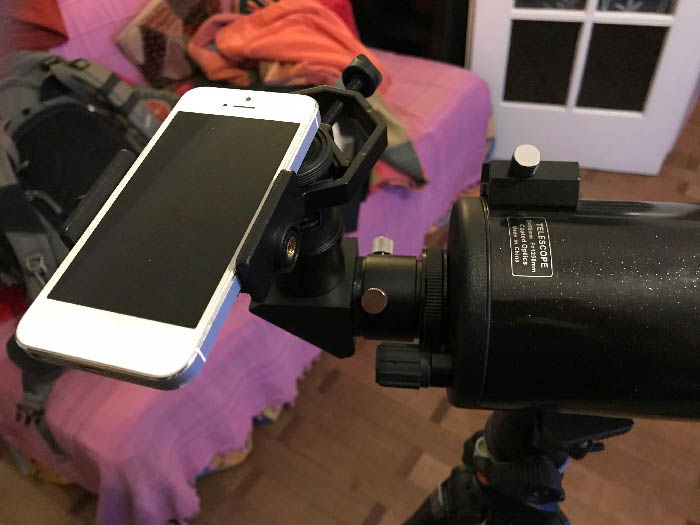
Altazimuth Mount (alt/Az)
An Alt/Az mount allows you to move the telescope up and down and swing it left to right. These mounts are good for visual observation. But keep in mind that they cannot null the apparent movement of stars in the night sky.
Aperture
This is the ratio between the focal length (in mm) and the telescope diameter (in mm). It determines the amount of light your telescope can collect in a given time.
Apparent Magnitude
This refers to the brightness of a celestial body when seen from Earth. The lower the apparent magnitude, the brighter the object (e.g., the Sun’s is -27).
Apparent Size
This is how large a celestial objects appears when seen from Earth. It depends on the real size and distance of the celestial body.
Andromeda is much farther than the moon. But it is so large that its apparent size is 6 times that of the full moon.
Astro Camera
Astro cameras are webcams designed for astrophotography. They can can be in color or monochromatic. Their sensors have high sensitivity and low read noise.
You need a computer or tablet to use them.

Back Focus
This is the distance between the end of your telescope and its focal plane. It impacts your ability to use accessories and cameras. Short back focus distances may not allow you to reach proper focus with your camera.
Long back focus distances may require the use of extension tubes. These move the camera away from the telescope to achieve proper focus.
Barlow Lens
This accessory increases the effective focal length of your telescope. It uses a diverging lens and is common in planetary work.
Bahtinov Mask
This is a specially-designed grid you put over the front element of your lens or telescope. The mask will produce diffraction spikes that will help you focus on stars.
Bias Frame
Bias images are calibration frames to remove read noise from your light frames. You take them with the lens cap on. You should use the fastest shutter speed available and the same ISO used for light frames.
Calibration frames
Calibration frames are “supporting frames” used in post processing. There are three kinds of calibration frames: bias, dark and flat frames.
C Mount / C adapter
It is one of the many different formats for lens attachments. Astrocameras can use wide angle C-mount lenses for all-sky photography.
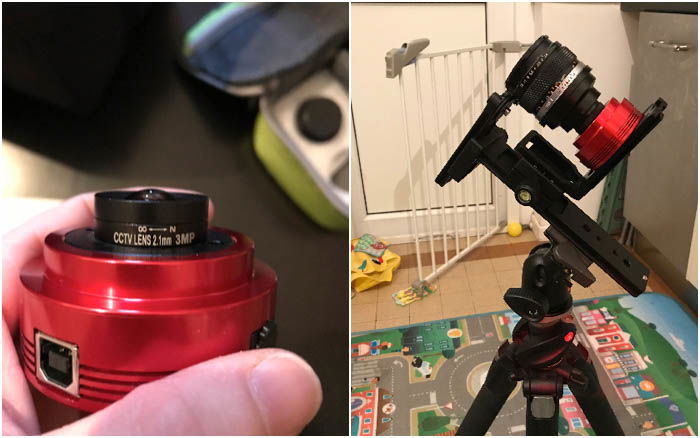
Dark Frame
Dark frames are calibration frames taken in the field. You must take them at the same temperature as your light frames. You must also use the same camera settings and keep the lens cap on. Dark frames remove hot pixels and reduce thermal noise in light frames.
Deep Sky Object (DSO)
A deep sky object is a celestial body that is not a single star (e.g. Sirius) and is not part of our Solar System. Typical DSO are star clusters, galaxies and nebulae.

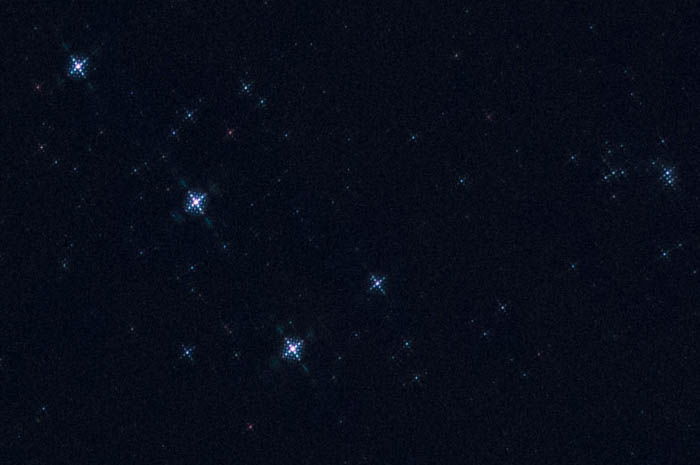
Equatorial Mount
Equatorial mounts differ from the Altazimut. These can compensate the apparent motion of stars and are suitable to astrophotography. Their accuracy to track star movement depends on the quality of the mount and of the polar alignment.
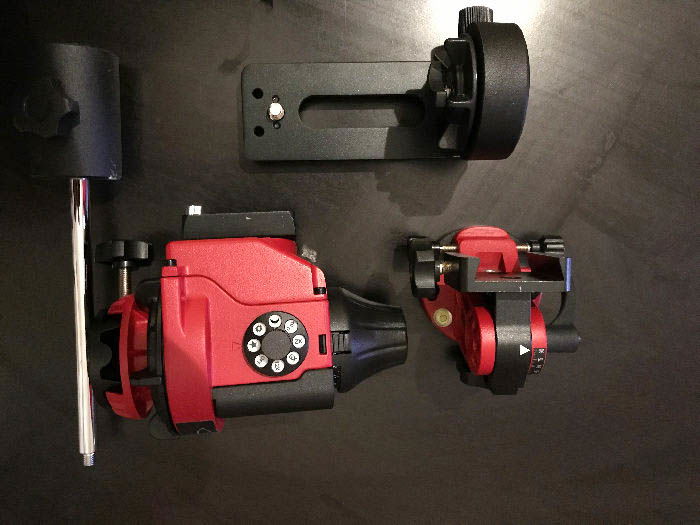
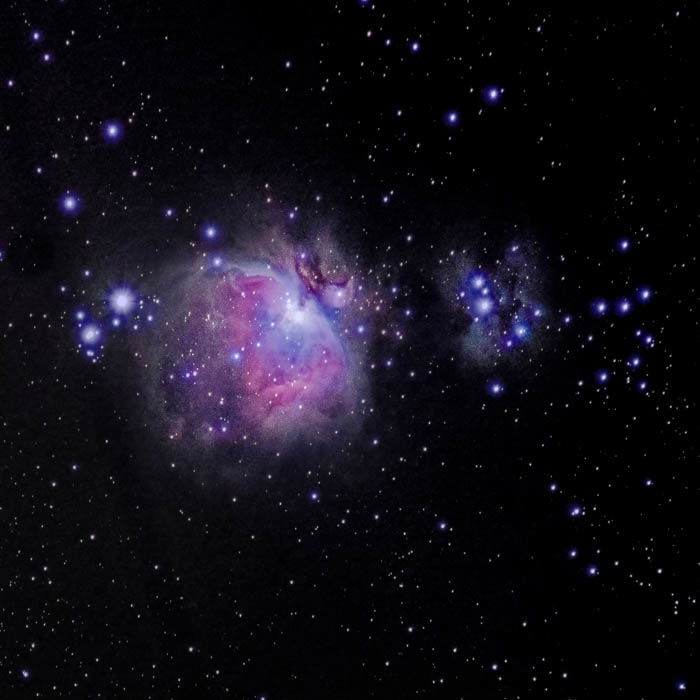
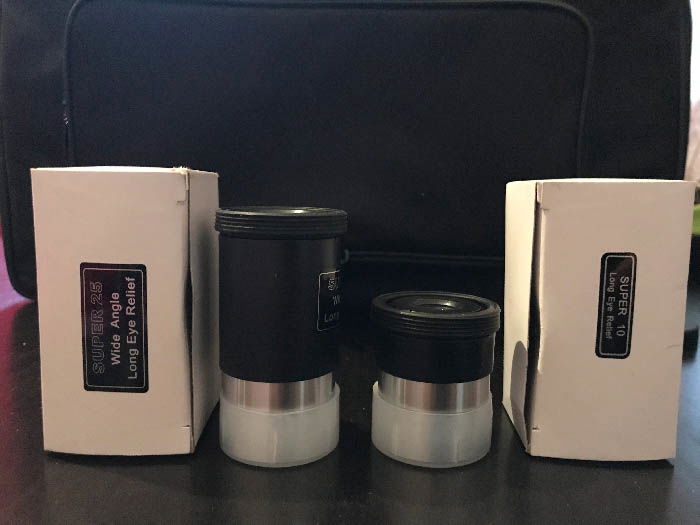
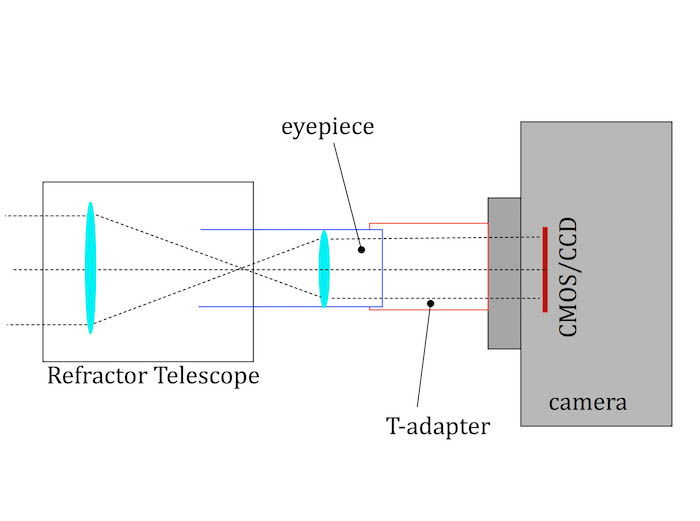
Filter Wheel
A filter wheel holds different filters in front of your camera, so that you can use them in turn. Filter wheels can be manually operated or motorised.
Flat Frame
You can use these calibrating frames to correct uneven illumination and vignette. These are inherent to the combination of camera and optical systems.
Frame Alignment / Frame Registering
This is the process to align many light frames to a reference frame. This happens before stacking.
Frame Calibration
This refers to subtracting master dark, bias and flat frames from each light frames.
Focal Reducer
This optical accessory sits between the camera and the telescope. It reduces the effective focal length of the telescope. This also translates into an increase in aperture.
GoTo Mount
GoTo mounts are computerised. They come with a database of celestial bodies coordinates. They will automatically point your camera or telescope at the desired object. You can use a GoTo together with an Alt/Az and Equatorial mount.
Guiding
Guiding improves the tracking of an equatorial mount. You use a secondary camera to frame a portion of the sky. This camera must be connected to a computer. Software then looks for any drift of the “guiding” stars and corrects it. It does so by slowing down or speeding up the tracking of the equatorial mount.

Histogram Stretching
Histogram stretching gradually widens the crammed histogram of deep sky photography. This extracts details from a seemingly black background. A simple way to manually stretch the histogram is to work in steps with the levels in Adobe Photoshop.
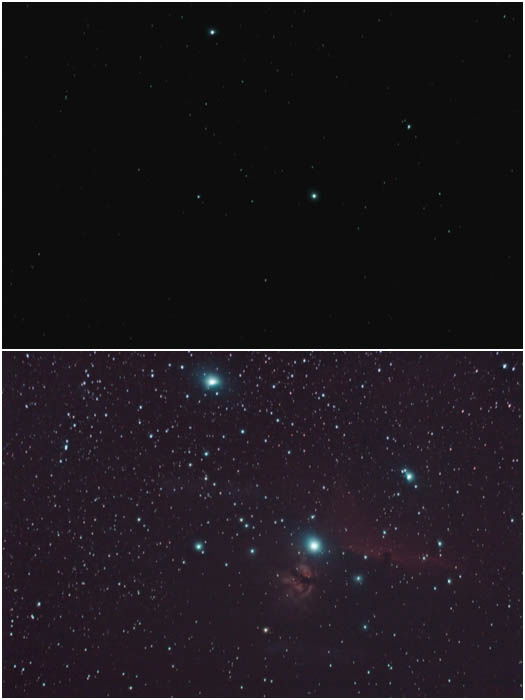
Light Frame
This would be the actual photograph of a celestial body.
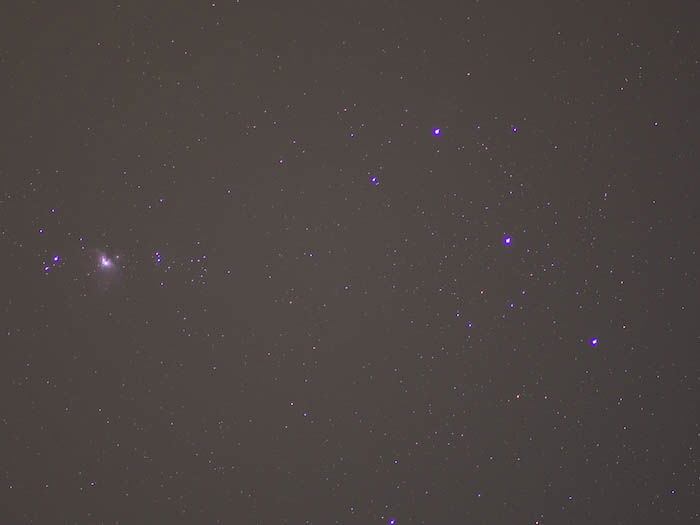
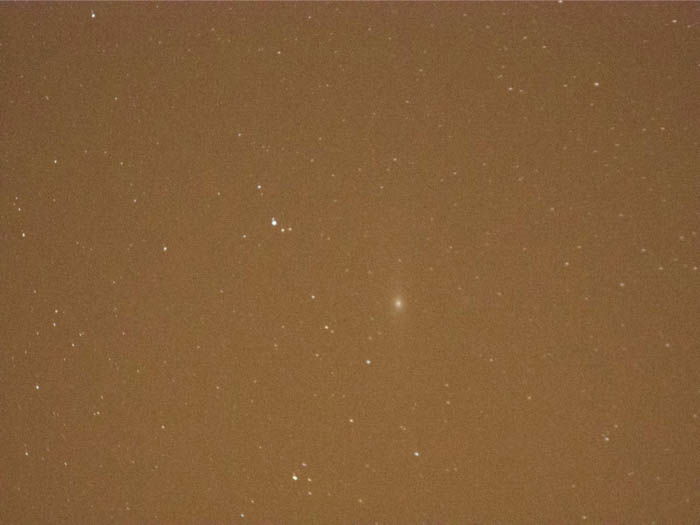
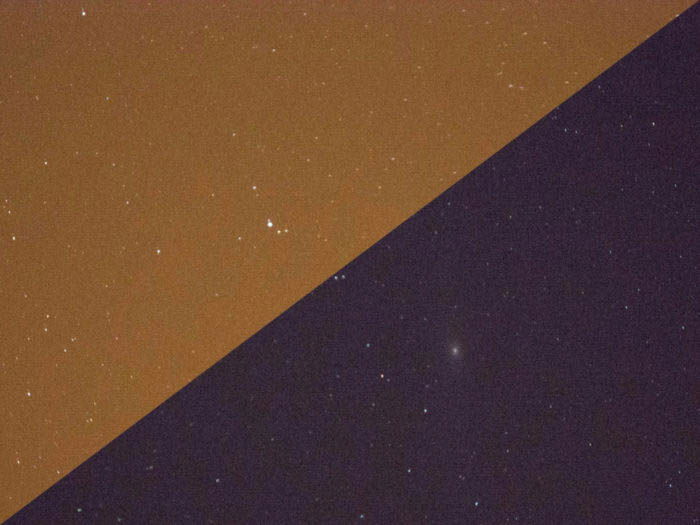
Master Frame
This is the resulting image after combining bias/darks/flat frames. They are used in the calibration process.
Messier Object
A messier object is a celestial body included in the Messier Catalog.
Mirror Collimation
This is the process to collimate the mirrors in reflecting telescopes. It is part of the regular maintenance of these devices. A good mirror collimation is crucial to telescope performance.
Mirror Lens
The mirror lens is a telescope or camera lens with a specific arrangement of mirrors and lenses. Their resolution is usually lower than that of refractor telescopes. Their performance relies on perfect mirror collimation.
Palette
This is the array of colors in a false color image. A false color image results from combining monochrome images from different filters. A famous palette is the Hubble palette.
Polar Alignment
This means aligning an equatorial mount to the celestial pole. It is crucial to good tracking, and allows for long exposures without star trails.
Prime Focus
Prime focus means attaching your camera directly to a telescope, without the lens. The telescope becomes your camera lens. You focus with the telescope focuser and must consider back focus distance.
Reflection Nebula
As opposed to emission nebulae, reflection nebulae reflect light from nearby stars. They are usually fainter and more difficult to photograph than emission nebulae.
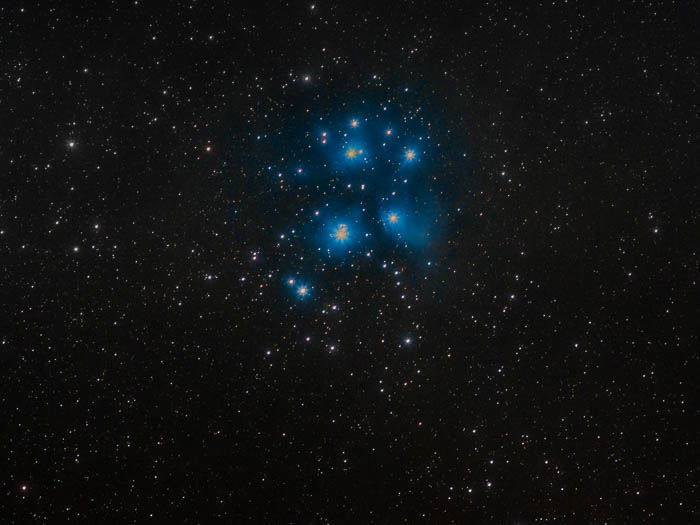
Stacking
Stacking combines calibrated light frames for better details in the final image. It does this by improving the signal-to-noise ratio across the image.
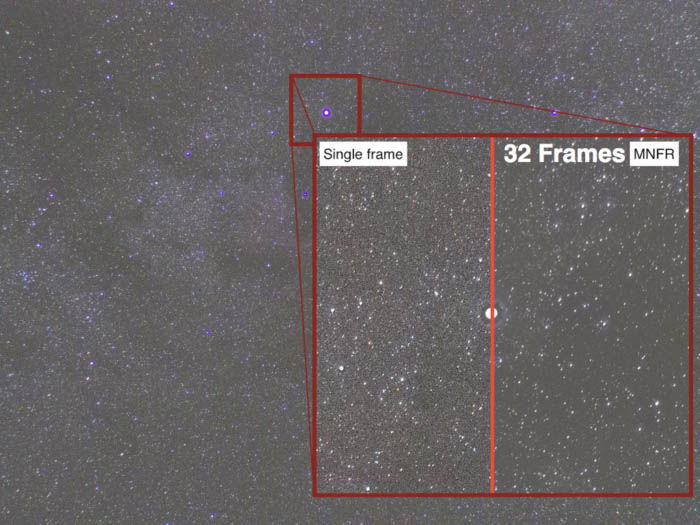
T Mount / T Adapter
You can usually connect cameras and other accessories to a telescope via a T mount or T adapter.

Tracking
This is the ability of an equatorial head to track the stars in their path across the night sky. Tracking errors are more visible with increased focal length. In order to avoid them you can either shorten the exposure or guide your equatorial mount.
500 Rule
This is the empirical rule to determine maximum exposure time, ET, before stars trail are noticeable. It is used when tracking is not available.
ET= 500/(FL*CF)
FL is the focal length and CF is the crop factor. Common variations are the 600 and 400 rules.
This glossary of terms is by no means exhaustive but it is a good start for your astrophotography. It will help you better understand the terminology and improve your photos.
Ready to test your knowledge? Check out our new photography quiz post next!
